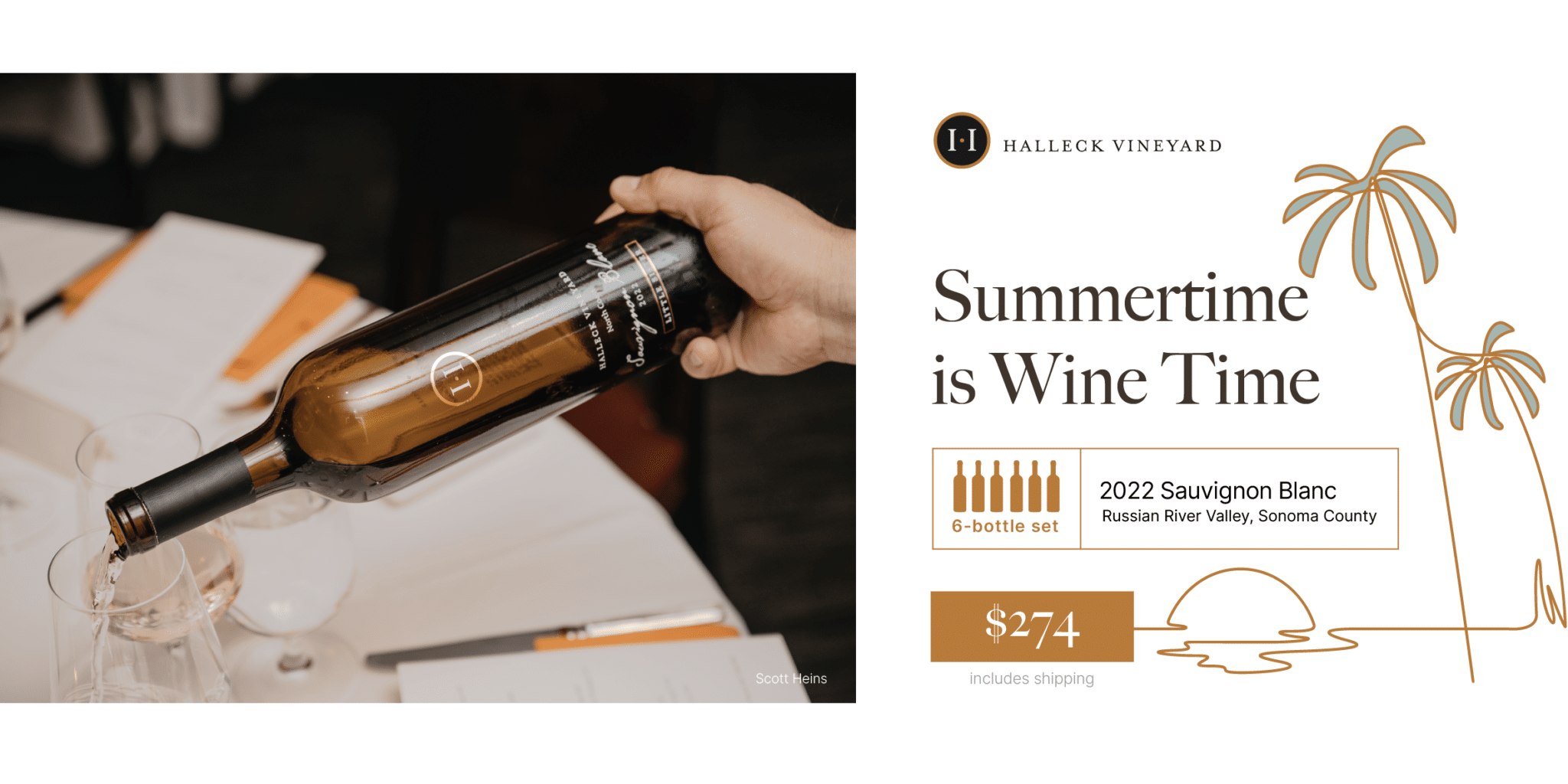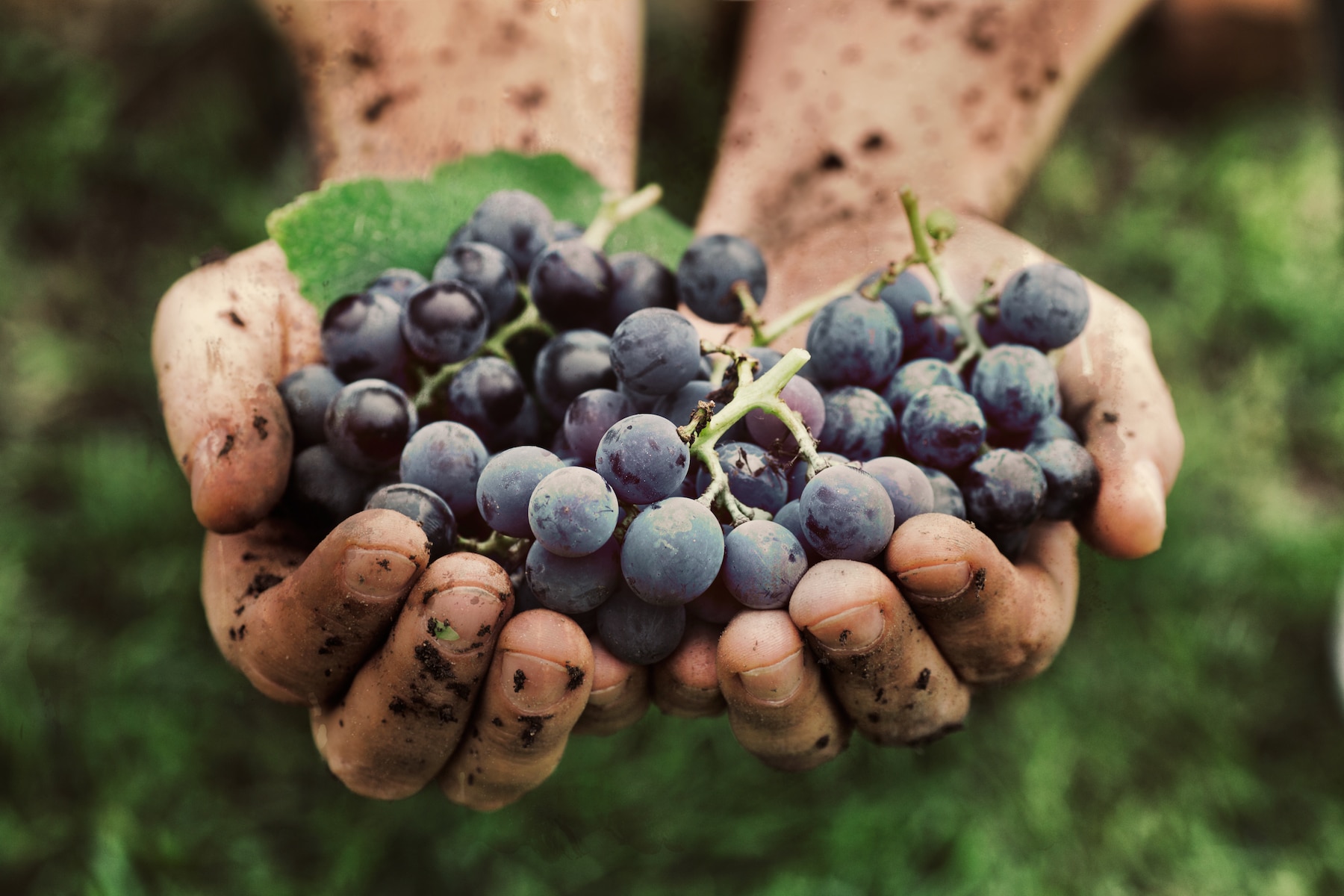Wineries Perfect For A Relaxing Afternoon - Sebastopol Area Wine Tasting
Wineries Perfect For A Relaxing Afternoon - Sebastopol Area Wine Tasting
Blog Article
Wineries With Estate-Grown Grapes - Sonoma’s Lush Vineyard Landscapes
Wine tasting is an art that combines sensory experience with an appreciation for the nuances of different varietals. How to judge flavors in winery wine tasting sessions is pivotal to greedy the complexities of wine.
Engaging in a wine tasting entails greater than merely sipping and savoring. It requires a targeted strategy to identify aromas and flavors that each wine presents. As you begin, observe the wine's look, noting its shade and readability. These visual cues often suggest a wine’s age, grape variety, and even potential flavor profiles.
The subsequent step within the tasting course of is to swirl the wine in your glass. This action releases fragrant compounds which are vital for analysis. Lean in and take a moment to inhale deeply; the aromas can range from floral and fruity to spicy and earthy. The nose of the wine is just as important because the palate, and recognizing scents performs a big role in understanding the general experience.
When taking your first sip, permit the wine to move across your palate - Wineries With Locally Sourced Food Options. Discover the initial flavors that present themselves. Is the wine fruity, floral, or perhaps herbaceous? This preliminary style provides insight into what the wine is likely to specific as you proceed to judge it. The mouthfeel also contributes to the overall flavor experience; it can be silky, tannic, and even effervescent.
Wineries In Sebastopol - Discover Sebastopol's Wine Scene
As you proceed tasting, pay attention to the wine’s balance. A well-balanced wine will harmonize acidity, sweetness, and tannins. If one part overwhelms the others, it would point out a less desirable quality. Evaluating balance may help you establish how nicely the wine would possibly pair with food.
Transitioning to the end, think about how the flavors evolve as the wine lingers in your palate. A lengthy, pleasant finish can point out a high-quality wine, whereas a brief or abrupt finish would possibly recommend otherwise. Replicate on whether or not the flavors stay constant or if new notes emerge because the wine settles. This development can reveal complexities and intricacies which may not have been apparent in the preliminary tasting.
Temperature can additionally be an important factor in evaluating wine flavors. Different forms of wine are optimally enjoyed at specific temperatures. White wines usually shine when chilled, whereas purple wines generally perform best at room temperature. When tasting, make certain the wine is on the appropriate temperature to totally respect its character.
Wineries With Live Music Events Occasionally - Wine Tasting And Vineyards In Sonoma
Pairing food with wine can tremendously improve the tasting experience. Meals can influence the notion of flavors in wine, either highlighting certain characteristics or diminishing them. When evaluating flavors, contemplate how the wine interacts with different meals, noticing which flavors are amplified or muted (Celebrated Winemakers To Discover In Sonoma).

Contemplate the influence of terroir as you have interaction in a winery tasting. Terroir encompasses the unique environmental components that have an effect on grape rising, including soil composition, local weather, and geography. Understanding a wine's terroir can provide insight into its flavors and aromas, fostering a deeper appreciation for the choices made during its cultivation and manufacturing.
Training plays a fundamental role in enhancing one's capacity to evaluate wine flavors. Studying about grape varieties, wine areas, and production strategies can pave the method in which for extra informed judgments throughout tastings. Moreover, attending workshops or classes can refine sensory skills and expand your flavor vocabulary, enabling you to articulate tasting notes more successfully.

Finally, it is important to do not overlook that evaluating wine flavors is a highly personal experience. Particular Person preferences and perceptions will invariably form one’s tasting journey. Enjoyment must be at the visit our website forefront, with the analysis course of appearing as a software to boost understanding and appreciation quite than create rigid pointers.
Wineries Known For Their Beautiful Gardens - Sonoma's Best Vineyards
In conclusion, mastering the method to evaluate flavors in winery wine tasting periods entails a mixture of sensory engagement, data, and practice. By learning to determine aromas, assess the stability, and recognize the intricacies of flavor, wine enthusiasts can deepen their connection to each bottle they encounter. As with any art form, the more one immerses themselves within the experience, the extra they may uncover and benefit from the huge world of wine.
- Start by observing the wine's shade and readability, as these visible elements can hint at its flavor profile and aging potential.
- Swirl the wine gently in your glass; this releases fragrant compounds, permitting you to higher identify the complex scents associated with the wine.
- Take a deep inhale before tasting, focusing on both major and secondary aromas to collect insights on fruits, spices, and different nuances.
- When tasting, allow the wine to coat your palate; note the initial flavors, the mid-palate complexity, and the finish as these stages can provide completely different flavor highlights.
- Pay attention to texture and mouthfeel, as aspects corresponding to tannin levels, acidity, and sweetness contribute significantly to the general tasting experience.
- Compare flavors against standard wine characteristics; for pink wines, contemplate berry notes, oak affect, and natural tones, while whites might embrace citrus, stone fruits, and floral hints.
- Take notes through the tasting session to track your impressions, serving to you to remember and consider the different wines sampled.
- Discuss your findings with fellow tasters or winery staff, as sharing insights can enhance understanding and appreciation of particular person flavors.
- Permit time for the wine to breathe; typically, flavors evolve and reveal new dimensions after being uncovered to air.
- Experiment with food pairings during the tasting as they can dramatically alter how flavors are perceived, influencing general enjoyment.undefinedWhat ought to I look for when evaluating the aroma of wine throughout a tasting?
Begin by swirling the wine in your glass to launch its aromas. Bring the glass to your nose and take a deep breath. Pay attention to the primary scents you detect, as these are sometimes probably the most distinguished. Look for fruit, floral, natural, or earthy notes and try to determine particular characteristics, which is ready to deepen your understanding of the wine's complexity.
Family Friendly Wineries With Outdoor Spaces - Sonoma Valley Vineyards And Wine Tasting
How can I distinguish between completely different flavor profiles in wine?
Understand that flavor profiles are often categorized as fruit, floral, herbaceous, spicy, or mineral. Take small sips and allow the wine to coat your palate. Discover the first flavors that emerge first and the refined notes that comply with. This layering is essential in distinguishing the wine's characteristics and will allow you to recognize its distinctive profile.
Celebrated Winemakers To Discover In Sonoma - Sebastopol Wineries
What is the importance of the wine's texture in a tasting?
The texture of the wine, also recognized as mouthfeel, plays a crucial position in how we perceive flavors. Pay attention to whether the wine feels easy, creamy, or gritty. The body of the wine (light, medium, or full) can enhance or contrast with flavors, offering a more rounded experience throughout tasting.
How do I assess the stability of flavors in wine?
Stability in wine refers back to the concord between acidity, sweetness, tannin, and alcohol. Take a moment to evaluate whether or not these elements complement or intrude with each other. A well-balanced wine will have none of its elements overpowering the others, creating a nice tasting experience.
Wineries With Locally Sourced Food Options - Vineyard Tours In Sebastopol
What function does temperature play in evaluating wine flavors?
Temperature can significantly impression the perception of flavors. Typically, pink wines are best served barely below room temperature, whereas white wines benefit from being chilled. As the temperature adjustments, the aromas and flavors can shift, allowing you to understand different characteristics. It’s important to taste wine at its optimum temperature for true evaluation.
Wineries Offering Virtual Wine Tastings - Wine Tasting Experiences In Sonoma Valley
How can I enhance my tasting skills over time?
Practice is key to enhancing your tasting skills. Artisan Wineries In Russian River Valley. Attend tastings, maintain a journal of your experiences, and explore several sorts of wines to broaden your palate. Moreover, studying about wine production and grape varieties can present context that enhances your analysis process, making you a extra knowledgeable taster.
Is there a specific order by which I ought to taste the wines?
Wineries Featuring Seasonal Wine Events In Sonoma - Tasting Rooms In Sebastopol
Sure, it’s advisable to taste wines from click to read more light to full-bodied and dry to sweet. This development prevents the stronger flavors from overshadowing the extra delicate ones, allowing you to completely recognize every wine's characteristics and nuances without palate fatigue.
How can I consider the aftertaste of wine?
Wineries Near Highway 12 - Wine Tours And Tastings In Sebastopol
The aftertaste, or end, is a crucial side of the wine-tasting experience. After swallowing, take note of how lengthy the flavors linger in your palate and whether or not they change. A long, pleasant finish is often an indicator of a high-quality wine, whereas a brief or disagreeable finish may suggest otherwise.
Why is it necessary to notice the wine’s acidity throughout tasting?
Acidity contributes to the overall freshness and structure of the wine. Pay attention to the tingling sensation in your tongue; larger acidity can enhance the wine's liveliness and balance out sweetness. Noting acidity helps determine the wine's versatility with food and its getting older potential.
What ought to I do if I wrestle to identify specific flavors in wine?
Spectacular Vineyard Views In Sonoma - Greatest Wine Tasting Locations In Sonoma
Struggling to identify flavors is common, especially for beginners. Focus on broader categories and describe what you can recognize, such as sweet or earthy notes. With practice, reading about different flavor profiles, and perhaps utilizing flavor wheels, you may refine your senses and develop a extra nuanced strategy to tasting. Report this page